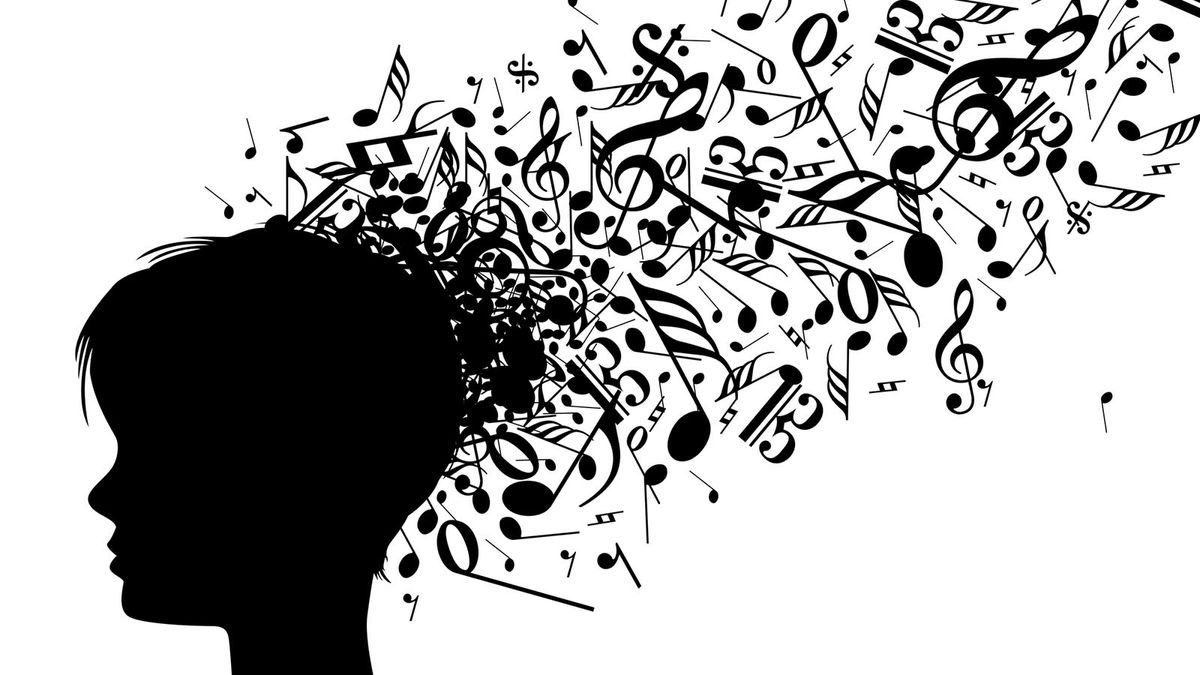
Musicians and vocalists use the treble clef, also known as the G clef, for higher-pitched notes. It’s centered on the second line of the staff, which represents the G note above the middle C note.
Together, the treble and bass clefs form what musicians call the grand staff. In piano music, the grand staff encompasses the full range of the keyboard — all 88 keys, each one a specific note.
When you’re notating music, using the grand staff makes it possible to write music for both hands of a piano player, with the treble clef typically for the right hand and the bass clef for the left hand.
The Role of Ledger Lines
When you need to write notes that are too high or too low to include on the staff’s standard five lines, you have to use what musicians refer to as ledger lines (sometimes spelled as “leger lines“). These short lines extend the range of the staff just for those specific notes.
In the bass clef, middle C goes on the first ledger line above the staff. Similarly, for notes lower than the bass staff, you would use additional ledger lines below the staff.
#Read #Bass #Clef #Sheet #Music #Basics





















+ There are no comments
Add yours